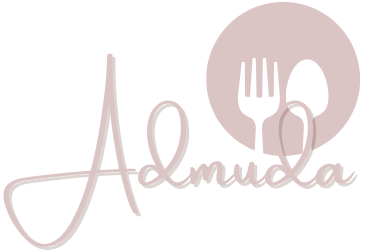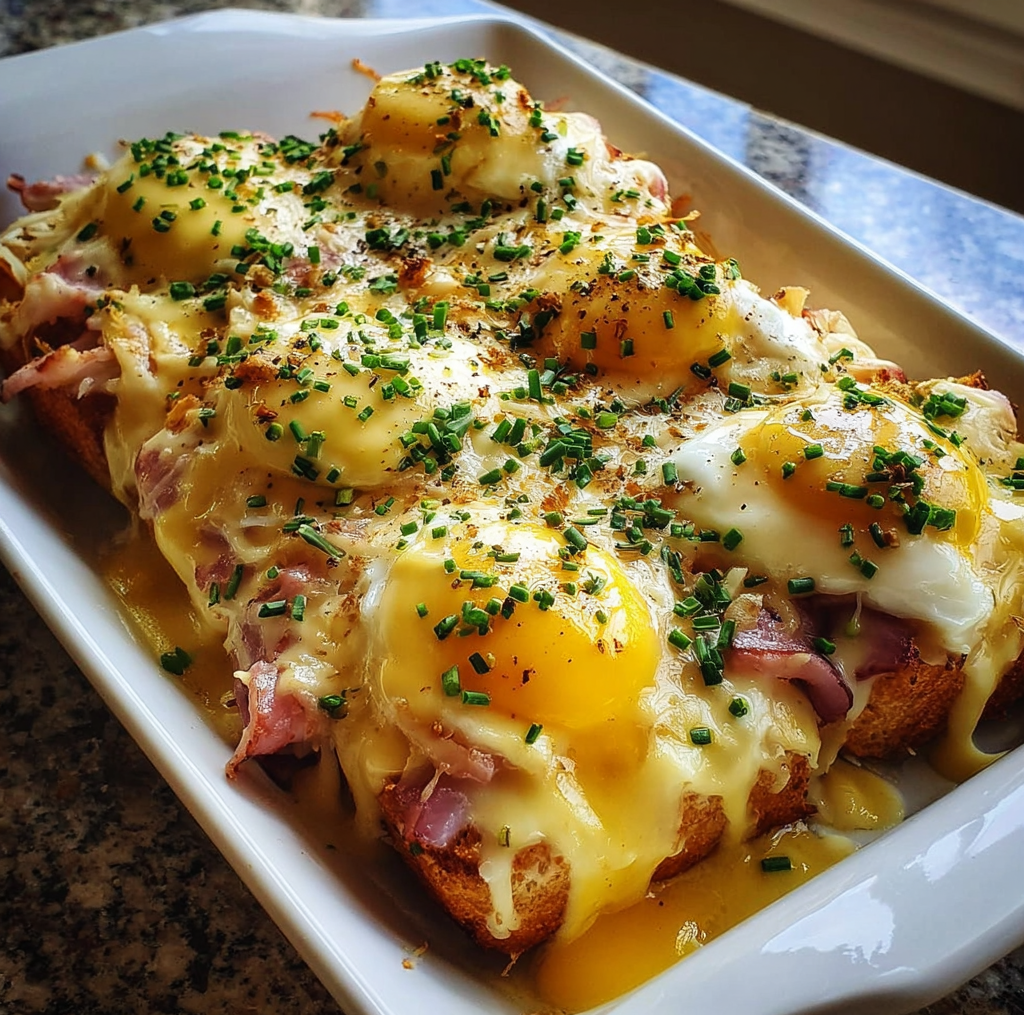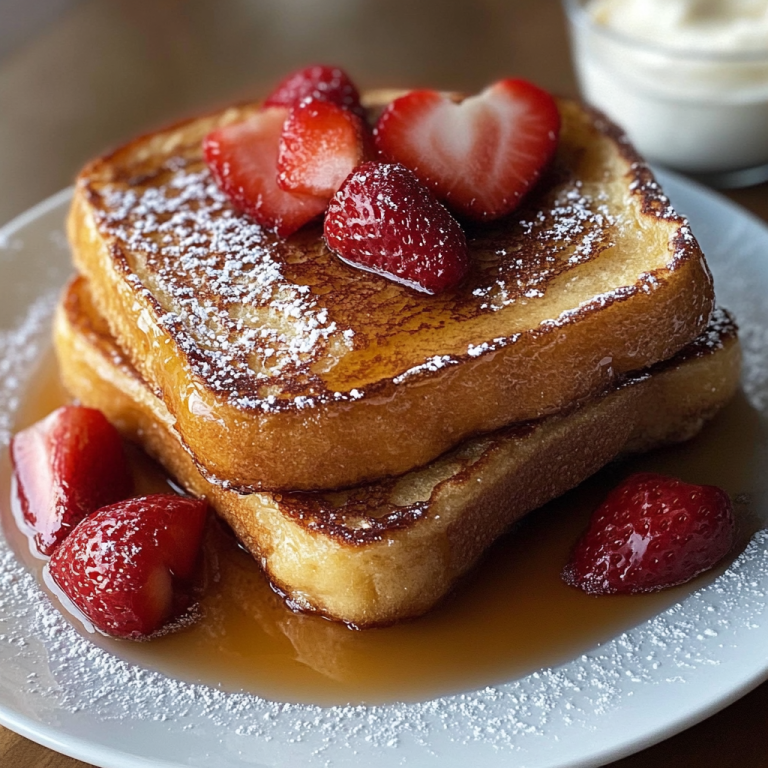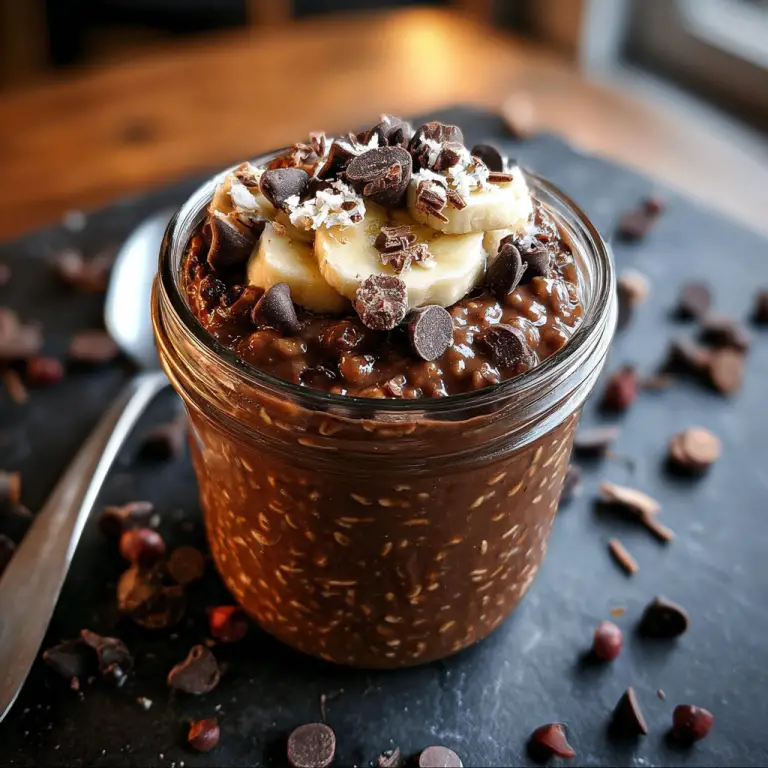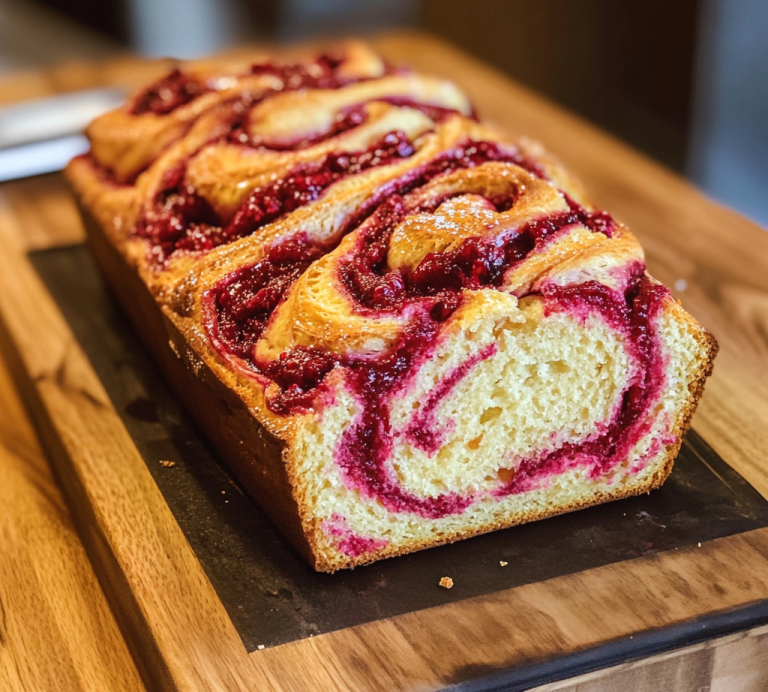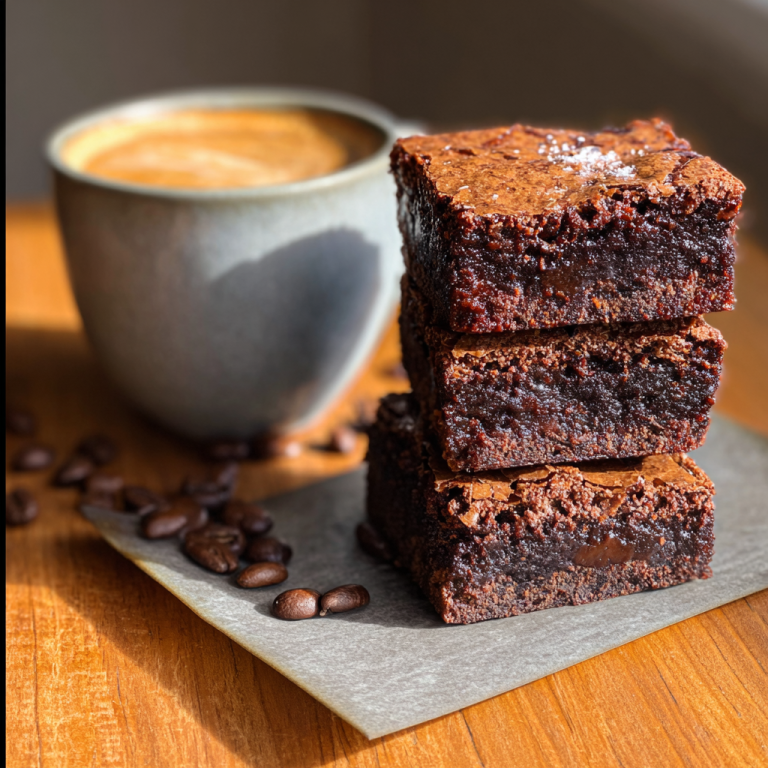Eggs Benedict Casserole
Introduction
Few dishes capture the essence of a perfect brunch like Eggs Benedict casserole. With its buttery English muffins, savory Canadian bacon, soft poached eggs, and rich hollandaise sauce, it’s no wonder this dish has stood the test of time. In fact, the history of Eggs Benedict goes back to the late 19th century, when it first appeared in New York City restaurants.
Today, the dish has evolved into many variations, but one stands out for its ease and versatility: the Eggs Benedict Casserole. This make-ahead version captures all the flavors of the classic while saving you from standing over a stovetop poaching eggs. Plus, when handling eggs, it’s essential to follow safe egg handling practices to ensure your breakfast is as safe as it is delicious.
What Is Eggs Benedict Casserole?
At its core, Eggs Benedict Casserole is a layered breakfast bake that combines cubed English muffins, chopped Canadian bacon, and a creamy egg mixture. Instead of poaching eggs individually, you bake everything together in one dish and top it with a silky hollandaise sauce right before serving.
This casserole is:
- Easier to prepare for a crowd
- Perfect for holiday brunches
- Great for making ahead the night before
Ingredients Overview For Eggs Benedict Casserole
The beauty of this dish lies in its simplicity. The following are the essential components:
For the Casserole
- 6 English muffins, cut into 1-inch cubes
- 1 lb (16 oz) Canadian bacon or diced ham, chopped
- 8 large eggs
- 2 cups whole milk
- ½ cup heavy cream
- 1 teaspoon onion powder
- ½ teaspoon garlic powder
- 1 teaspoon salt
- ½ teaspoon black pepper
- ½ teaspoon paprika (optional, for color)
- 2 green onions, sliced (optional for garnish)
For the Hollandaise Sauce
- 3 large egg yolks
- 1 tablespoon fresh lemon juice
- ½ cup (1 stick) unsalted butter, melted and warm
- ⅛ teaspoon cayenne pepper (optional)
- Pinch of salt
👉 This ingredient set makes a 9×13-inch casserole dish—perfect for brunch gatherings.
Step-by-Step Recipe Instructions Of Eggs Benedict Casserole
Here’s how to make a foolproof Eggs Benedict Casserole:
- Prep the Dish
- Grease a 9×13-inch baking dish with butter.
- Cube 6 English muffins and spread them evenly.
- Add Protein
- Layer in 1 lb of chopped Canadian bacon or ham.
- Whisk the Egg Mixture
- In a bowl, whisk together:
- 8 eggs
- 2 cups milk
- ½ cup heavy cream
- 1 tsp onion powder
- Salt & pepper to taste
- In a bowl, whisk together:
- Assemble
- Pour the egg mixture evenly over the muffin and bacon layers.
- Bake
- Cover with foil and bake at 350°F for 30 minutes.
- Remove foil and bake another 20 minutes until golden.
- Prepare the Hollandaise
- Whisk egg yolks, lemon juice, and butter over gentle heat—or use the blender method for convenience.
- Finish & Serve
- Let the casserole rest for 10 minutes.
- Drizzle hollandaise sauce on top before serving.
Make-Ahead & Overnight Options
This casserole is ideal for overnight preparation:
- Assemble everything the night before.
- Cover tightly with plastic wrap.
- Refrigerate overnight.
- Bake in the morning as directed.
Popular Variations
One of the best things about Eggs Benedict Casserole is how adaptable it can be. While the classic version with English muffins, Canadian bacon, and hollandaise sauce is always a hit, there are countless creative spins you can try to make it your own.
Vegetarian Twist
Skip the meat and load your casserole with hearty vegetables. Sautéed spinach, mushrooms, asparagus, or bell peppers bring color, flavor, and added nutrition. For a more filling option, add shredded hash browns as a base layer before the egg mixture.
Smoked Salmon Elegance
For a luxurious brunch centerpiece, replace the Canadian bacon with smoked salmon. The smoky, salty flavor pairs beautifully with creamy eggs and tangy hollandaise, making this version perfect for special occasions like Mother’s Day or Easter brunch. Garnish with capers and dill for an elegant touch.
Gluten-Free Adaptation
Gluten sensitivity doesn’t mean missing out. Use gluten-free English muffins, sourdough, or even cubed sweet potatoes in place of traditional bread. The custard mixture soaks in just as well, giving you the same hearty texture without the gluten.
Keto & Low-Carb Option
To keep things low-carb, ditch the bread entirely and use a base of roasted cauliflower florets or zucchini slices. With all the protein from eggs and bacon plus the richness of hollandaise, you’ll never miss the carbs.
Creative Flavor Boosts
Want to take things up a notch? Add a sprinkle of shredded cheese, swap in turkey bacon, or stir mustard powder into your egg mixture for a subtle kick. You can also experiment with flavored English muffins like whole wheat or sourdough for added depth.
No matter which variation you choose, the result is always comforting, flavorful, and brunch-worthy. The versatility of Eggs Benedict Casserole ensures there’s a version for every taste and dietary need.

Serving Suggestions
Egg Benedict Casserole is a versatile and indulgent breakfast or brunch dish that pairs wonderfully with a variety of sides and beverages to create a well-rounded meal. For a classic presentation, serve it straight from the oven with a light garnish of fresh parsley or chives sprinkled on top. The vibrant green not only enhances the visual appeal but also adds a subtle, fresh flavor that balances the richness of the casserole.
To complement its creamy, savory layers, consider pairing the casserole with a crisp green salad dressed lightly with lemon vinaigrette or a simple arugula and cherry tomato mix. Fresh fruit is another excellent side; think sliced strawberries, orange segments, or a mixed berry medley, which introduces a natural sweetness and brightens the plate.
For a heartier brunch, serve the casserole alongside crispy breakfast potatoes or roasted baby potatoes seasoned with rosemary and garlic. Lightly toasted English muffins or buttery croissants also work well, providing a textural contrast to the soft, cheesy layers of the casserole.
When it comes to beverages, classic choices like freshly brewed coffee, cappuccinos, or herbal teas enhance the brunch experience. For a celebratory touch, consider pairing with mimosas or fresh orange juice, which complement the richness of the eggs and hollandaise sauce.
Finally, for a more interactive brunch, allow guests to add their own toppings—sliced avocado, smoked salmon, or crispy bacon—for a personalized twist. These serving suggestions make Egg Benedict Casserole not just a dish, but a delightful, customizable brunch experience.
Storage & Reheating Tips
- Refrigerator: Store leftovers in an airtight container for up to 3 days.
- Reheating: Warm in a 325°F oven covered with foil for best texture.
- Freezer-Friendly: Freeze tightly wrapped portions for up to 2 months.
Brighten your breakfast with these Lemon Ricotta Pancakes — fluffy, zesty, and perfectly creamy.
Troubleshooting & Pro Tips
Even though Eggs Benedict Casserole is a straightforward dish, a few common mistakes can affect the texture and flavor. Here’s how to troubleshoot and ensure your casserole turns out perfect every time:
Preventing Sogginess
One of the most frequent issues is a soggy base. To avoid this, toast the English muffin cubes before assembling the casserole. Lightly toasting helps them hold their structure and prevents the custard mixture from oversaturating the bread.
Even Cooking
Sometimes the casserole may brown too quickly on top while the center remains undercooked. If this happens, tent the dish loosely with foil during the first half of baking. This ensures gentle, even cooking without drying out the top.
Hollandaise Challenges
A separated hollandaise sauce can be frustrating. The key is gentle heat and constant whisking. If the sauce begins to break, quickly whisk in a teaspoon of hot water to bring it back together. Using the blender method is another foolproof option for beginners.
Flavor Balancing
With rich ingredients like butter, bacon, and cream, it’s easy for the dish to become too heavy. Adding a squeeze of lemon juice, a pinch of cayenne pepper, or fresh herbs like parsley or chives helps cut through the richness and brighten the flavors.
Make-Ahead Success
When preparing the casserole overnight, cover it tightly with plastic wrap and refrigerate. Remove it from the fridge 20–30 minutes before baking to ensure even cooking.
By keeping these pro tips in mind, you’ll master the art of creating a crowd-pleasing Eggs Benedict Casserole every time.
FAQs About Eggs Benedict Casserole
Can you make Eggs Benedict Casserole ahead of time?
Yes, assemble the dish the night before and refrigerate. Bake fresh in the morning.
What’s the best bread to use?
English muffins are classic, but sourdough adds a tangy flavor.
How do you keep hollandaise from separating?
Constant whisking and gentle heat are key. If it breaks, whisk in a spoonful of warm water.
Can you freeze it?
Yes, bake first, cool, and freeze individual portions wrapped tightly.
What can I substitute for Canadian bacon?
Ham, turkey bacon, or smoked salmon work beautifully.
Is there a healthier version?
Yes—use whole-grain muffins, lean protein, and a lighter yogurt-based sauce.
Conclusion
When it comes to creating a show-stopping brunch casserole, few dishes compare to the charm and flavor of Eggs Benedict Casserole. By blending the iconic elements of the traditional dish—English muffins, Canadian bacon, rich eggs, and silky hollandaise sauce—into one oven-baked masterpiece, you get all the indulgence of the classic without the fuss of poaching eggs individually. This makes it not only easier but also far more practical for gatherings.
Whether you’re hosting a holiday brunch, celebrating a special occasion, or simply treating your family to a memorable weekend breakfast, this casserole is a guaranteed crowd-pleaser. Its versatility means you can adapt it to fit your preferences: go vegetarian with spinach and mushrooms, elevate it with smoked salmon, or keep it light with whole-grain muffins and lean protein. The best part is its make-ahead option, giving you more time to enjoy your guests and less time in the kitchen.
In the end, Eggs Benedict Casserole isn’t just a recipe—it’s an experience. It transforms a classic, restaurant-worthy dish into a warm, comforting bake that can be shared at your own table. Try it once, and it may just become your go-to brunch tradition for years to come.
